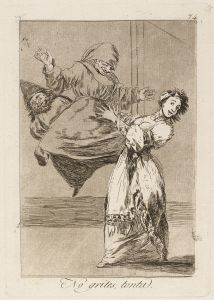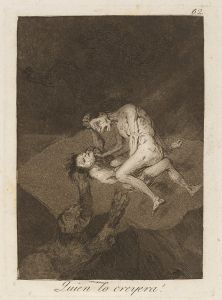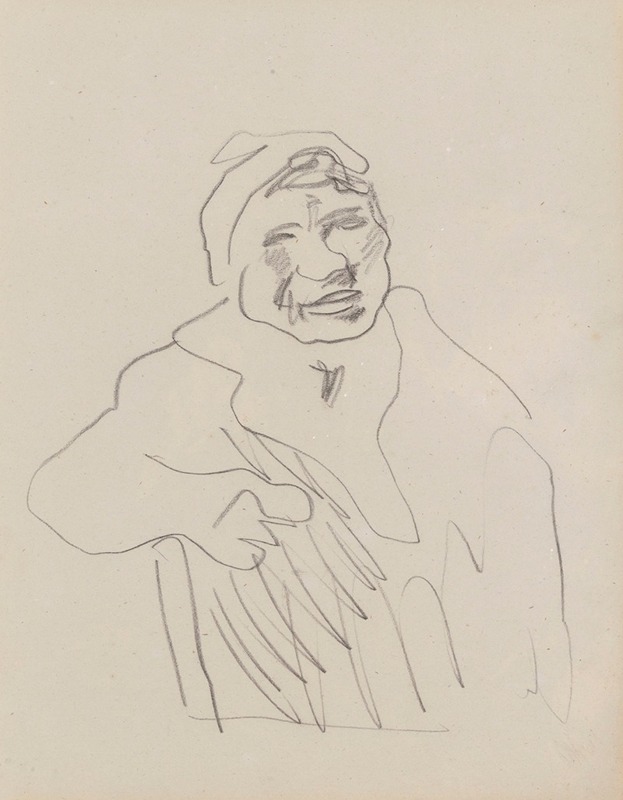
Copy after Goya
A hand-painted replica of James Ensor’s masterpiece Copy after Goya, meticulously crafted by professional artists to capture the true essence of the original. Each piece is created with museum-quality canvas and rare mineral pigments, carefully painted by experienced artists with delicate brushstrokes and rich, layered colors to perfectly recreate the texture of the original artwork. Unlike machine-printed reproductions, this hand-painted version brings the painting to life, infused with the artist’s emotions and skill in every stroke. Whether for personal collection or home decoration, it instantly elevates the artistic atmosphere of any space.
"Copy after Goya" by James Ensor is a painting created by the Belgian artist James Ensor, known for his innovative and often provocative works that bridged the transition between the 19th-century Symbolist movement and early 20th-century Expressionism. This particular artwork is a direct homage to the Spanish painter Francisco Goya, whose works had a profound influence on Ensor's artistic development.
James Ensor (1860–1949) was a key figure in modern art, celebrated for his unique style that combined grotesque imagery, satire, and vibrant color. His fascination with Goya, a master of Romanticism and a precursor to modern art, is evident in this piece. Goya's works, particularly his dark and haunting imagery, resonated with Ensor's own interest in themes of mortality, the macabre, and the absurdity of human existence.
"Copy after Goya" is part of a broader tradition in art history where artists study and reinterpret the works of their predecessors. Ensor's painting is not merely a reproduction but a reinterpretation, showcasing his admiration for Goya while infusing the work with his own artistic sensibilities. The specific Goya work that Ensor referenced in this painting is not definitively identified, but it reflects Goya's influence on Ensor's exploration of dramatic contrasts, emotional intensity, and social commentary.
The painting demonstrates Ensor's technical skill and his ability to engage with the works of past masters while maintaining his distinctive voice. It also highlights the enduring legacy of Goya, whose art continued to inspire and challenge artists long after his time. Ensor's engagement with Goya's work underscores the interconnectedness of artistic traditions and the ways in which artists draw inspiration from one another across generations.
"Copy after Goya" is an example of Ensor's broader practice of studying and reinterpreting historical art. While the painting itself may not be as widely recognized as some of Ensor's other works, such as "The Entry of Christ into Brussels in 1889," it provides valuable insight into his artistic influences and his process of engaging with the art of the past.
Further details about the painting, such as its current location or the exact year of its creation, are not widely documented. However, it remains an important piece for understanding the dialogue between Ensor and the artistic legacy of Francisco Goya.





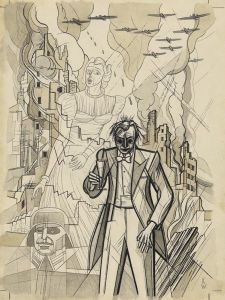
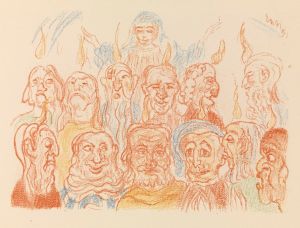
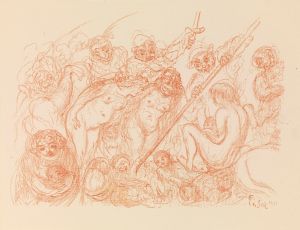
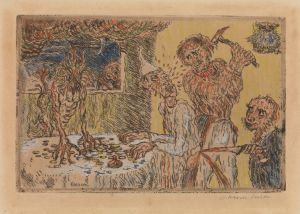
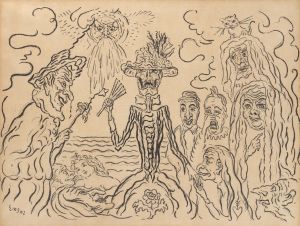
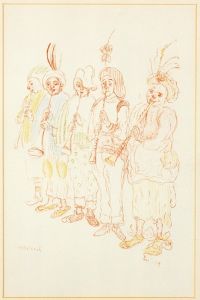
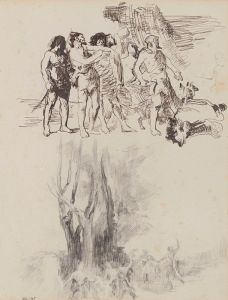
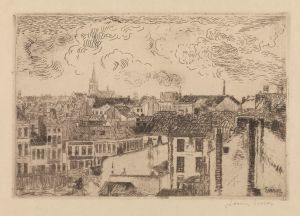
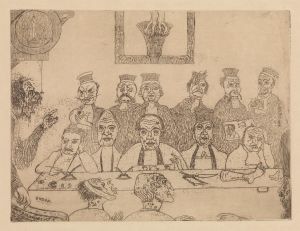
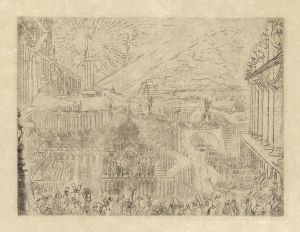
![He Who Does Not Like Thee Will Defame Thee in Jest [Loyalty]](/imgs/264614/s/francisco-de-goya-he-who-does-not-like-thee-will-defame-thee-in-jest-loyalty-4196b335.jpg)
